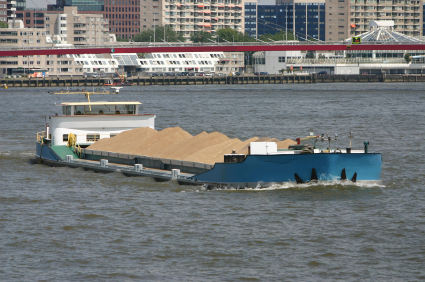An inland freight charge is defined as the amount charged for the delivery of goods from one part of the country to another. Shipments that come from overseas to a destination within another country are considered imported. There are different methods for factoring the imported shipping charges and just as many factors to determining the inland freight charge.
Freight is the amount that is charged for cargo that is delivered from one point to another and there are many factors taken into consideration when determining the freight charges. These factors include the how the cargo will be transported, what the actual cargo is, what is the distance between locations and the bulk weight.
Also, the mode of transportation used to transport the goods will be taken into consideration when it comes to the freight charges. Trucks are highway bound and may be less expensive but needless to say, this mode of transportation is limited to whatever mainland it is on.
Ships are utilized for overseas freight shipments, or imports, when it is often cheaper than using air travel. And yet another local mode of transportation in the freight shipping community and a staple in the shipping transportation history are trains. Still to this day, trains are used heavily within the manufacturing industry.
Freight class will determine the freight charge. There are eighteen classes ranging from 50-500. To ensure you are not overcharged you should know yours. Weigh the package including the contents and then measure the length, width and height. This will help the freight company to determine your freight class.
When choosing an inland freight company, first determine the best mode of transportation to fit your budget and then find a company that will cater to your needs as there are a variety of transportation methods to choose from.

